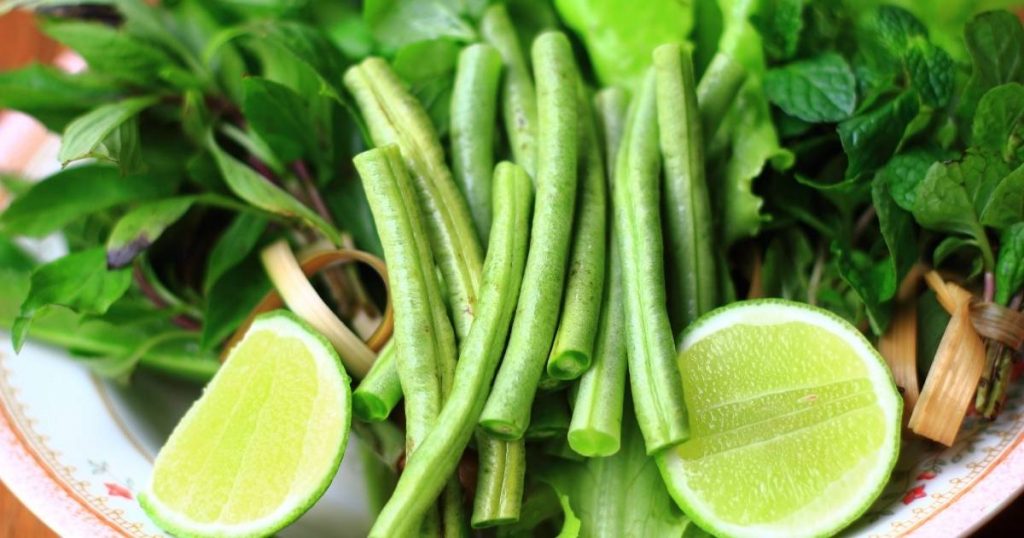Shifting to a plant-centric diet, also known as a vegan, is common these days. This diet can have many variations according to a person. However, the basic context of minimizing or excluding animal products remains the same. More specifically, one should eliminate meat, eggs, poultry, fish, and dairy products like milk, ice cream, and butter. In this type of diet, you have to primarily depend on the whole plant foods. Are you wondering what a vegan diet looks like and how to start it? There is not a single answer that fits in, but you can follow some basics to get started. Learning how to navigate this new lifestyle will set up goals for you.
Tips to start a plant-centric diet
Today, a lot of vegan convenience foods are available in the market. They are delicious as well as time-saving for many. Your diet must be sustainable plus pleasurable to eat. You can include meatless burgers, date-sweetened desserts, salads, buddha bowls, and more, making your food exciting. Here are some best practice tips to get success.
Find a good reason to switch to a plant-centric diet
We recommend our readers find out why to switch to a new diet. What is your biggest aim in dieting? Do you wish to include healthy food items in your diet? Be clear with your driving reason for becoming vegan. This reason will work as motivation and help make the switch more sustainable for you.
Look for real areas for change.
Look at your current diet and think about where you can go from this point. A brilliant first step will be identifying where you can exchange animal products with plant foods. You can do a total lifestyle overhaul in one night, isn’t it? It will be frustrating and overwhelming. Instead, you can choose a few places to start with and add on when comfortable.
For example, begin by replacing your breakfast with vegan sourdough waffles or vegan fish tacos. Accompany them with fresh veggies and vegan queso dip. Simply swap out dairy products with plant-based alternatives. Berry smoothies and energy snack balls are good between-meal ideas packed with nutrition.
Analyze your starting point
Start by analyzing what your current diet and food habits look like. Take a pen and jot down everything you ate in the past few days. You can also maintain a food journal for a week, which will brief you about your current food preferences and help you to make the change.
Fill up your pantry.
An important tip is to stock up your pantry with shelf-stable plant-based staple foods. It is super helpful at nights when you either do not want to make anything or do not know what to prepare.
When you have a variety of beans, lentils, canned veggies, pasta, and frozen vegetables in hand, you can easily make a healthy meal. It does not require you to be super creative. These items are versatile, so you can mix-match and cook them well. You can make tasty meals like taco meat, canned chickpeas, or chicken salad sandwiches using lentils. Try easy-to-cook millet and quinoa to make stuffed peppers or colorful grain bowls.
Read cookbooks and collect recipes.
Find some recipes to help you out if you are unnaturally inclined to cook from your creativity. You may buy a new cookbook or search a few YouTube channels for visuals. You may also look for food blogs. Bloggers give new recipes every week that you can look at and prepare something nice to eat.
Once you get used to the cooking habit of more plants in the kitchen and identify your likes and dislikes, cooking vegan food will become easy and hassle-free. You will soon find your unique ways to prepare food.
How to cook vegan food?
For beginners, cooking vegan food can be overwhelming. However, it is just slightly out of your comfort zone. Something that we recommend on our blog is to try batch cooking. This way, you can plan your weekly food chart well in advance. Then, try to find out how to repurpose some of the same ingredients for multiple meals.
For example, you can use a batch of cashew cheese sauce for roasted veggies, casserole, and a taco dip. In simple words, learning batch cooking can save a lot of time, money, and effort. An easy way to cook vegetables is to bake them in the oven or steam them to soften. You can also enjoy many veggies raw or with a dip. Cooking vegan food can take a little practice, but you will soon find joy in it.
Summing it up
So that is how you can become vegan. We hope that the tips mentioned here will be helpful to you. Enjoy a plant-centric diet helping to maintain a sustainable world to live in.

